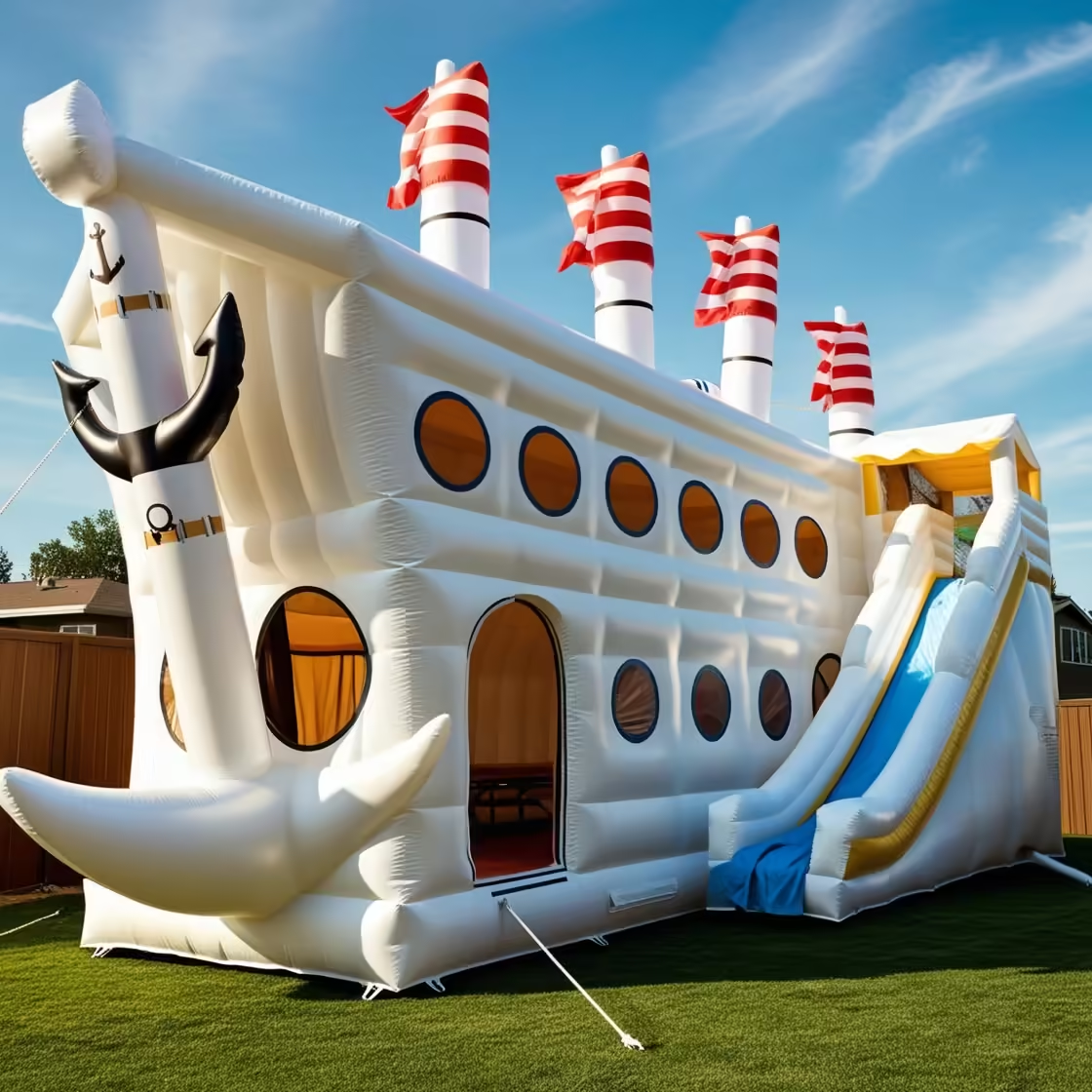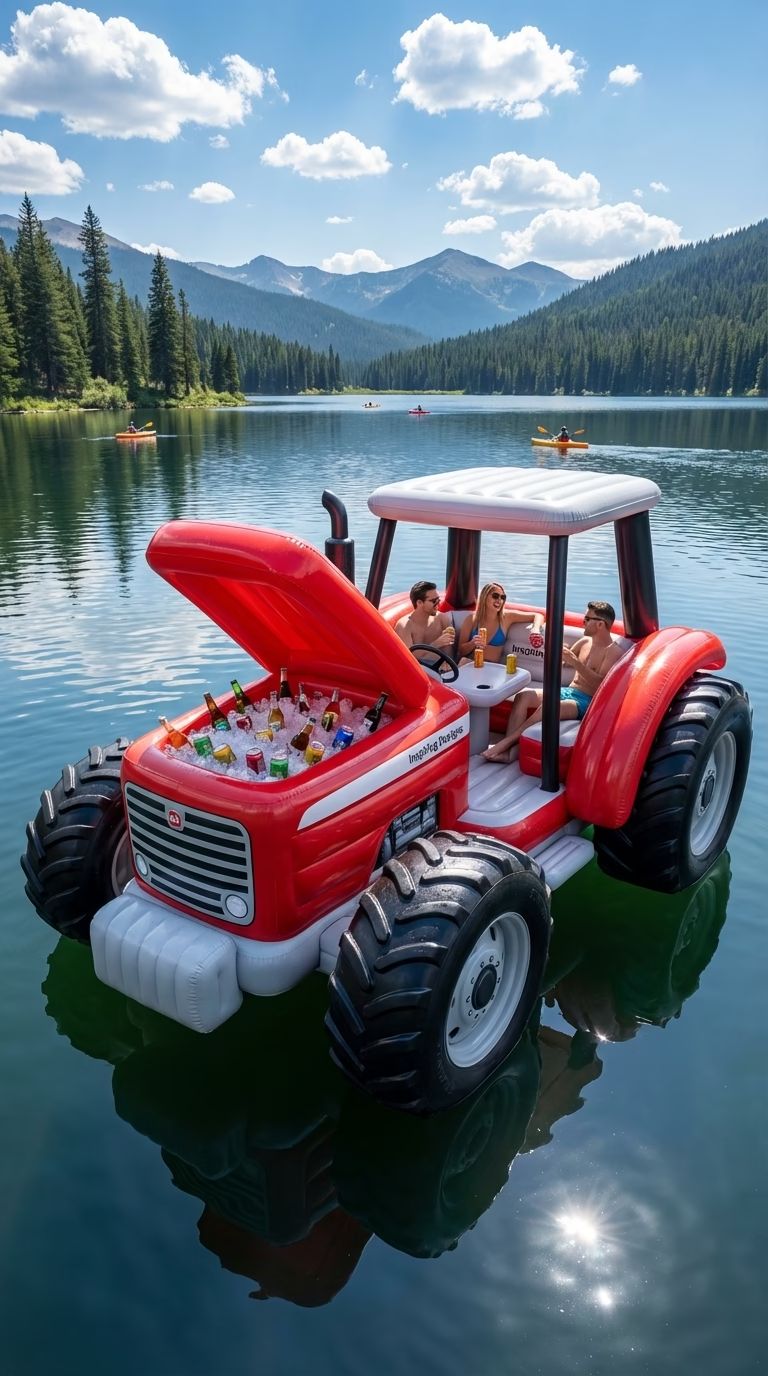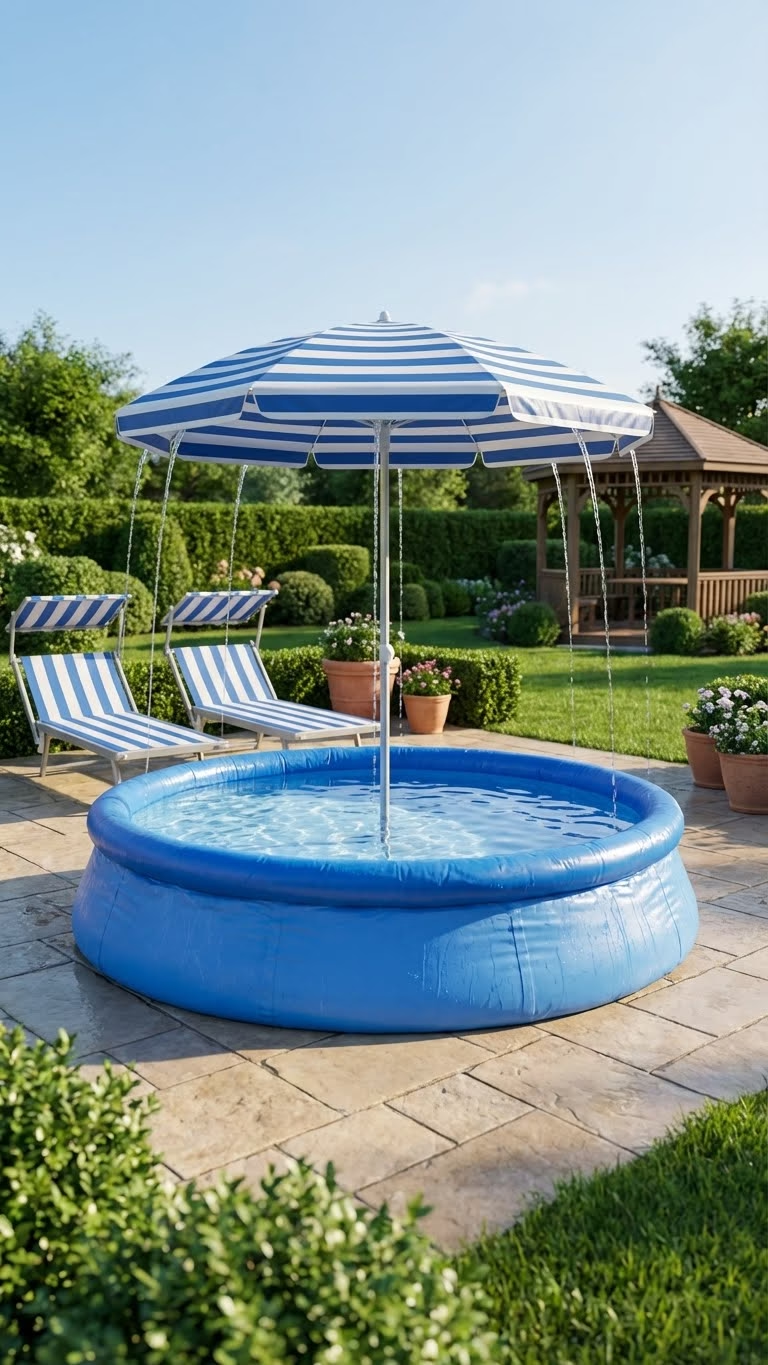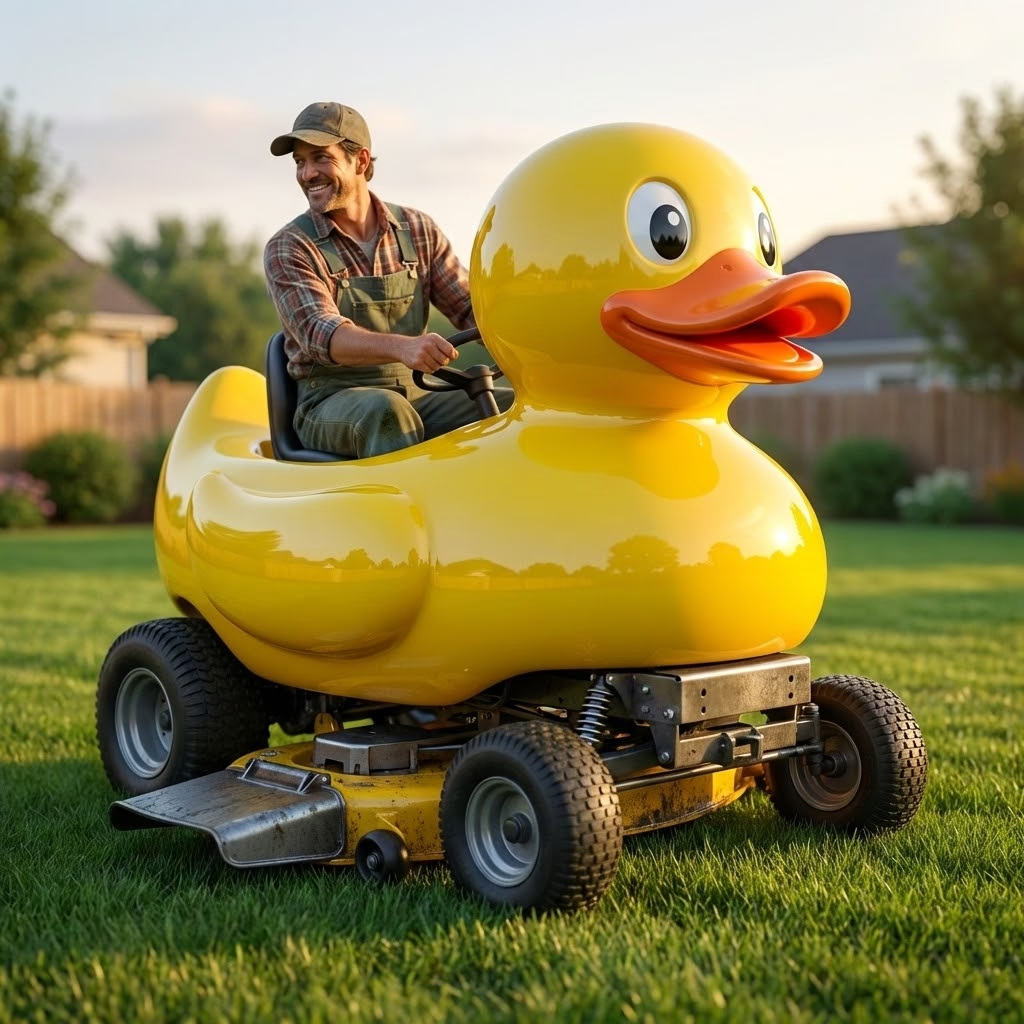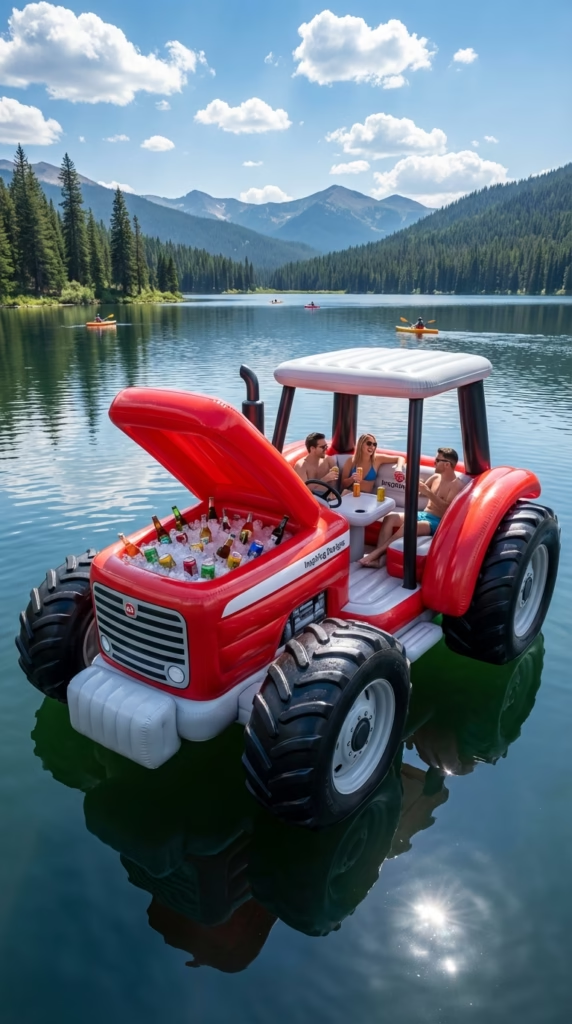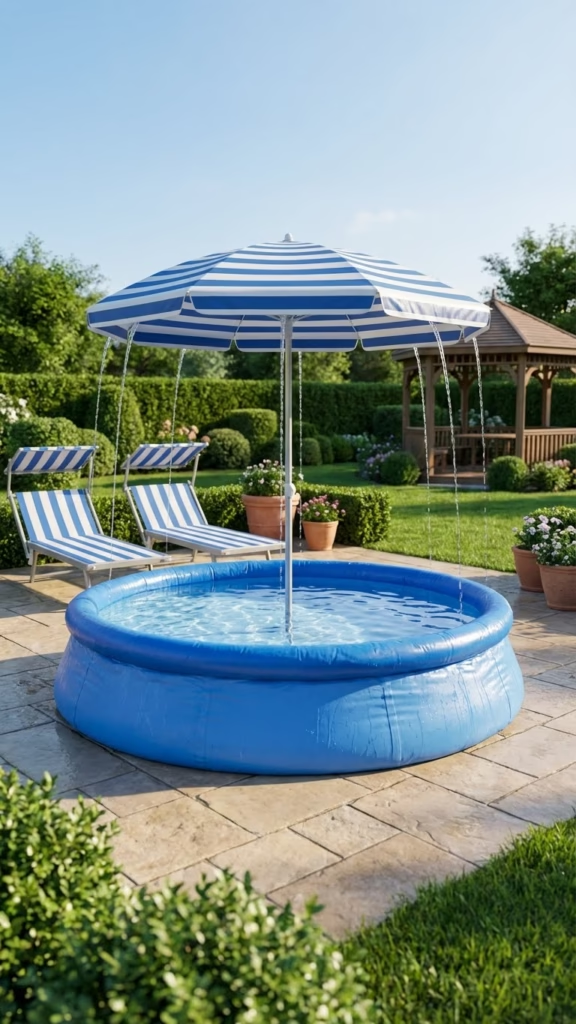Inflatable boats have become increasingly popular for recreational and professional use due to their versatility, portability, and ease of use. Unlike traditional rigid boats, inflatable boats are designed to be lightweight and compact, allowing for easy storage and transportation. This article will explore the various aspects of inflatable boats, including their types, advantages, maintenance tips, and applications, while emphasizing their growing significance in today’s water sports and boating communities.
Types of Inflatable Boats
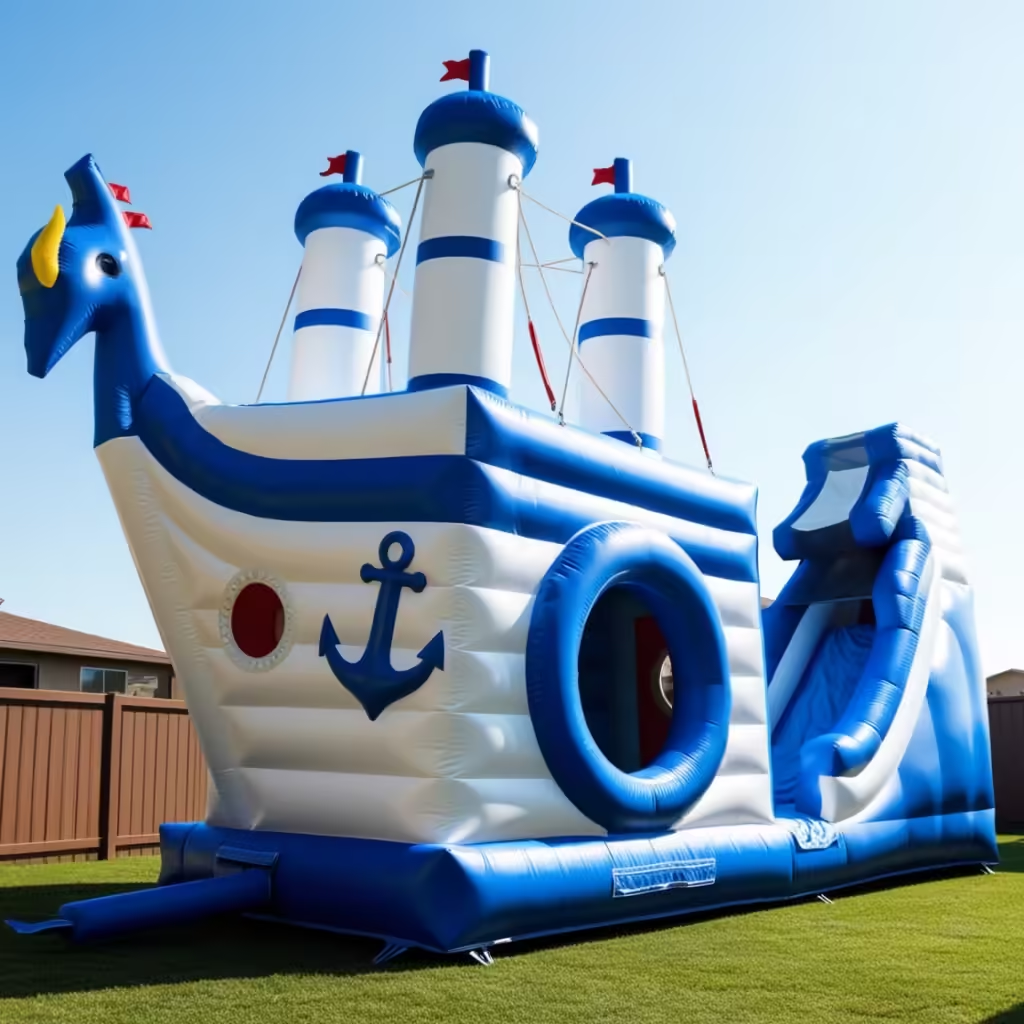
Inflatable Kayaks
Inflatable kayaks are designed for solo or tandem paddling and are ideal for rivers, lakes, and coastal waters. They offer a lightweight alternative to hard-shell kayaks, making them easier to transport and store. Many models are equipped with features such as adjustable seats, storage compartments, and reinforced hulls for enhanced performance.
Inflatable Rafts
Inflatable rafts are commonly used for whitewater rafting and leisurely floating. They typically feature multiple air chambers for safety and stability. These rafts can accommodate several passengers and often come with built-in handles, grab lines, and d-rings for securing gear.
Inflatable Dinghies
Dinghies are small boats often used as tenders for larger vessels. They are versatile and can be powered by oars, sails, or small outboard motors. Inflatable dinghies are lightweight and easy to carry, making them a practical choice for boaters needing a reliable small craft.
Inflatable Sailboats
For those interested in sailing, inflatable sailboats offer a unique option. These boats combine the benefits of inflatable design with the capability to harness wind power. While they may not replace traditional sailboats in terms of performance, they provide an excellent entry point for new sailors.
Inflatable Fishing Boats
Fishing enthusiasts will appreciate inflatable fishing boats, which are designed with angler-specific features. Many models include rod holders, tackle storage, and even built-in fish finders. The lightweight nature of these boats allows for easy transportation to remote fishing spots.
Advantages of Inflatable Boats
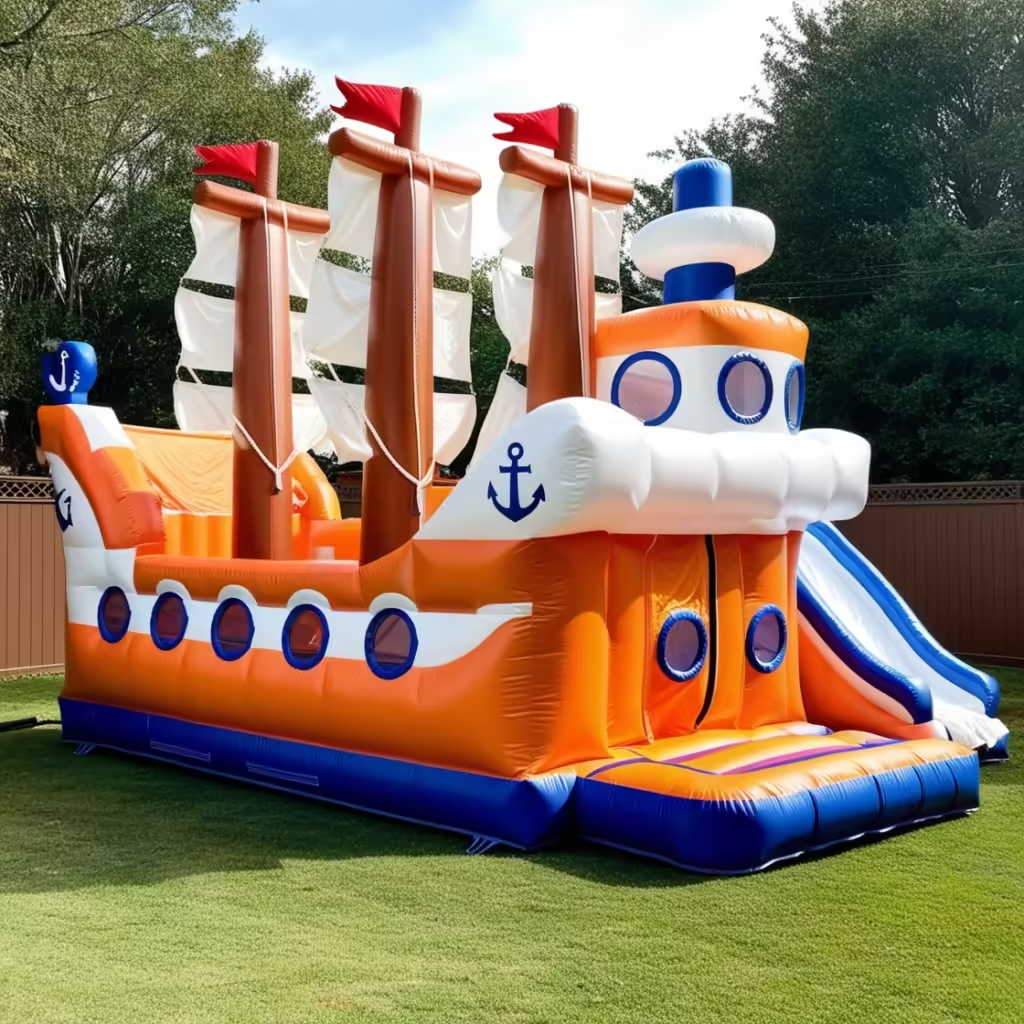
Portability
One of the most significant advantages of inflatable boats is their portability. They can be deflated and rolled up for storage, making them easy to transport in a car, RV, or on public transport. This feature is particularly beneficial for adventurers who want to explore different waterways.
Ease of Storage
Inflatable boats can be stored in small spaces when not in use. Unlike traditional boats that require mooring or trailer storage, inflatable boats can fit in a closet, garage, or trunk. This convenience appeals to urban dwellers and those with limited storage options.
Affordability
Inflatable boats generally come at a lower price point than their rigid counterparts. This affordability makes them accessible for families and individuals who want to enjoy water activities without a significant financial investment.
Durability and Safety
Modern inflatable boats are constructed from durable materials such as PVC or Hypalon, providing excellent resistance to punctures and abrasions. Many models feature multiple air chambers, ensuring that even if one chamber is compromised, the boat remains afloat. This safety feature is crucial for both casual users and serious adventurers.
Versatility
Inflatable boats are incredibly versatile, suitable for various activities such as fishing, sailing, kayaking, and leisurely cruising. They can be used in various environments, from calm lakes to more challenging rivers, making them a popular choice for outdoor enthusiasts.
Maintenance Tips for Inflatable Boats
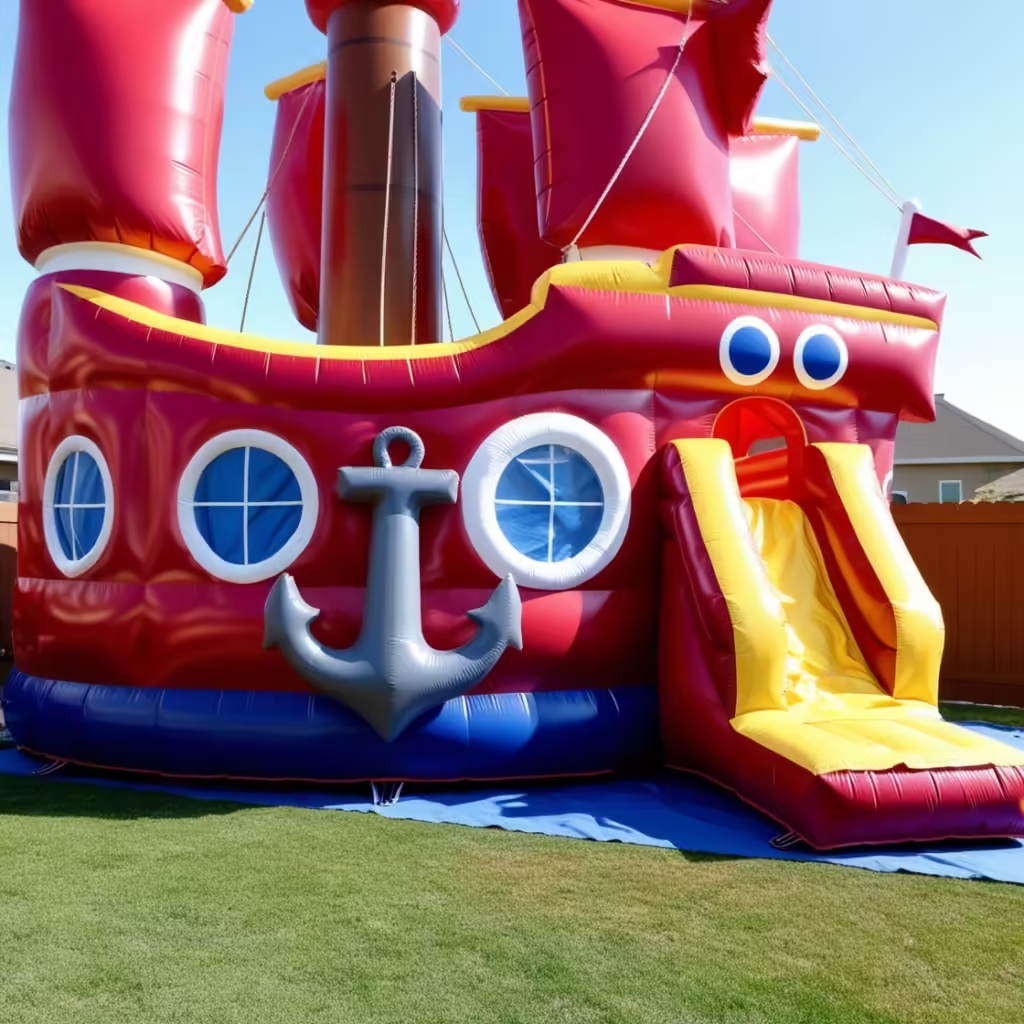
Regular Inspection
Routine inspections are essential for maintaining the integrity of an inflatable boat. Check for signs of wear and tear, such as cracks, punctures, or fading. Pay special attention to the seams and valves, as these areas can be prone to leaks.
Proper Cleaning
After each use, especially in saltwater or muddy conditions, clean the boat thoroughly. Use a mild soap and water solution to remove debris and prevent the buildup of harmful substances that can degrade the material. Avoid harsh chemicals that could damage the boat.
Storage Conditions
Store your inflatable boat in a cool, dry place away from direct sunlight. Prolonged exposure to UV rays can weaken the material. If possible, store it inflated to help maintain its shape, but ensure it is deflated if space is limited.
Repair Kits
Invest in a repair kit specifically designed for inflatable boats. Familiarize yourself with the repair process in case of punctures or leaks. Quick repairs can often be done on the water, allowing you to continue your adventure without significant interruption.
Follow Manufacturer Guidelines
Always refer to the manufacturer’s guidelines for maintenance and usage. Each inflatable boat may have specific care instructions that ensure its longevity and performance.
Applications of Inflatable Boats
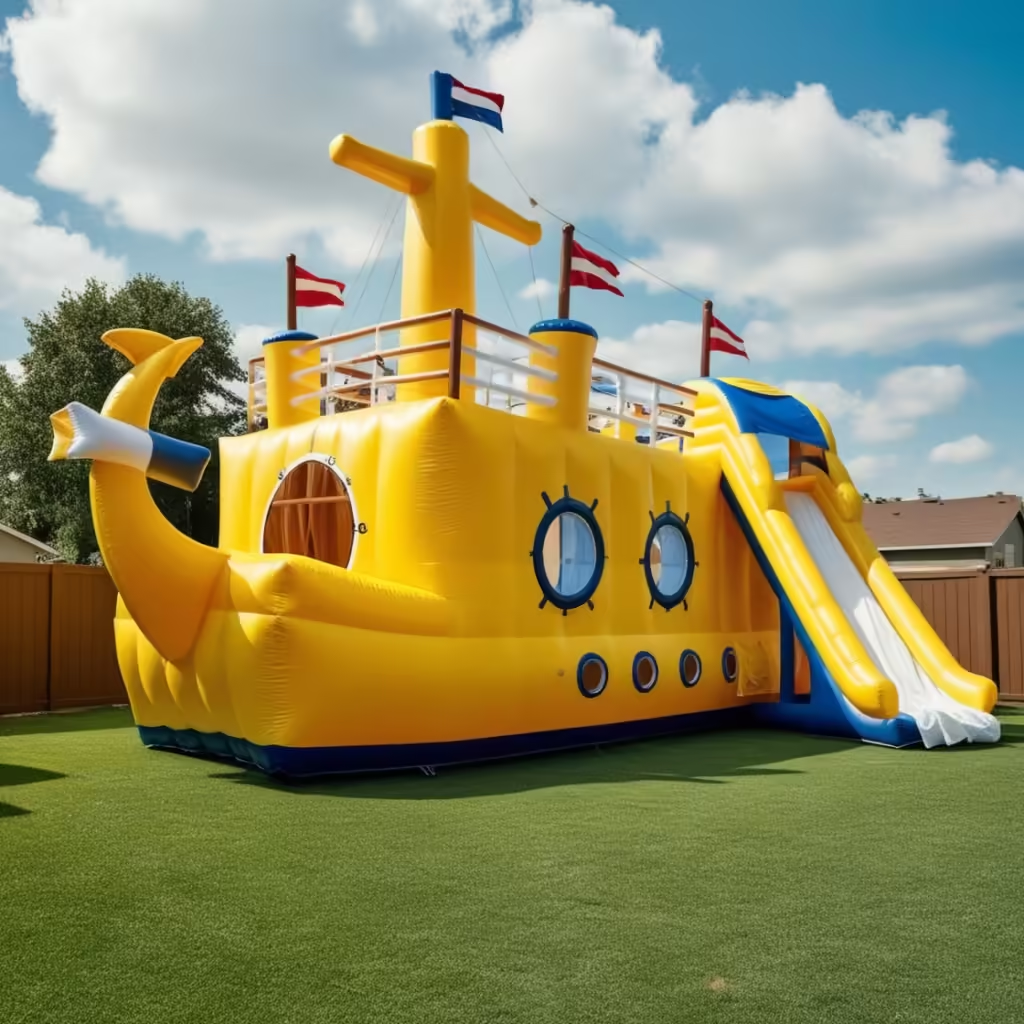
Recreational Use
Many families and individuals use inflatable boats for recreational activities such as kayaking, fishing, and leisurely cruising. Their ease of transport and setup makes them perfect for spontaneous outings on lakes and rivers.
Commercial Use
Inflatable boats are not limited to recreational activities; they also play a vital role in commercial applications. They are commonly used in rescue operations, fishing industries, and as support vessels for larger ships. Their portability and stability make them reliable for various professional settings.
Military and Emergency Services
Inflatable boats are utilized by military and emergency services for rapid deployment in rescue missions and patrols. Their lightweight nature allows for quick transport to remote locations, making them invaluable in emergencies.
Scientific Research
Researchers often use inflatable boats for field studies in various aquatic environments. Their low-impact design is suitable for sensitive ecosystems, allowing scientists to conduct research without causing significant disturbances.
Travel and Exploration
For adventurers and travelers, inflatable boats offer a unique way to explore remote areas. Whether navigating through mangroves, exploring rivers, or accessing secluded beaches, these boats provide access to destinations that may be difficult to reach with larger vessels.
Advanced Considerations for Inflatable Boats
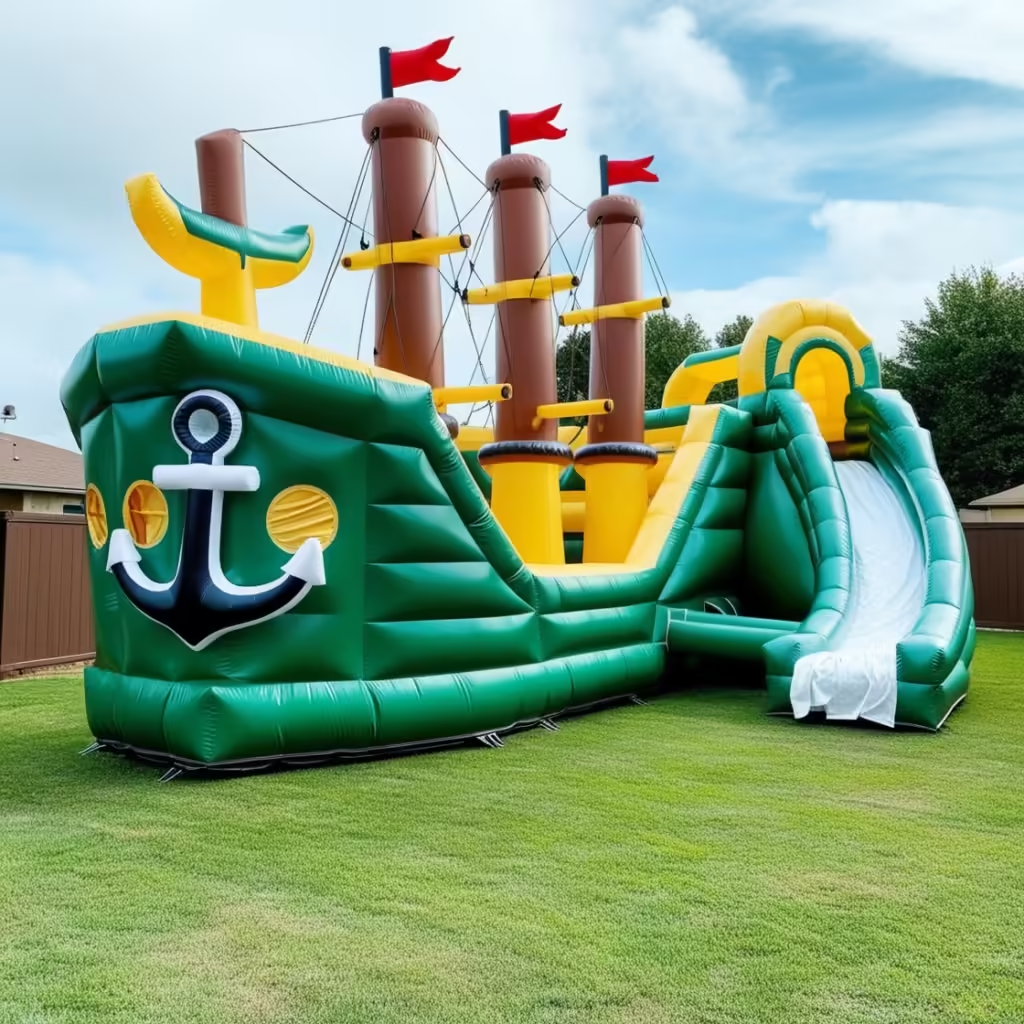
While inflatable boats offer numerous benefits, there are additional considerations to keep in mind to ensure a positive experience on the water.
Choosing the Right Inflatable Boat
When selecting an inflatable boat, it’s essential to consider your intended use. Here are some key factors to guide your decision:
Capacity and Size
Determine how many people will typically be using the boat and how much gear you’ll need to carry. Inflatable boats come in various sizes and capacities, so choose one that fits your needs without being overly large, as this can affect maneuverability and storage.
Material
The material of the inflatable boat is crucial for its durability and performance. Common materials include:
- PVC (Polyvinyl Chloride): Lightweight and affordable, suitable for calm waters but less durable than other options.
- Hypalon: More expensive, resistant to UV rays, punctures, and extreme temperatures, ideal for more demanding conditions.
- Neoprene: Offers excellent durability and puncture resistance, often used in high-performance applications.
Hull Design
The hull design affects the boat’s stability and performance. Wider beams provide more stability, making them suitable for fishing and leisure, while narrower designs are better for speed and maneuverability, ideal for kayaking and racing.
Features
Consider additional features that may enhance your experience:
- Inflation System: Look for models with built-in pumps or those compatible with electric pumps for quicker setup.
- Seats: Adjustable, comfortable seating can make long trips more enjoyable.
- Storage Compartments: Built-in storage options help keep your gear organized and secure.
- Transom: For those looking to attach an outboard motor, check for a sturdy transom.
Safety Tips for Using Inflatable Boats
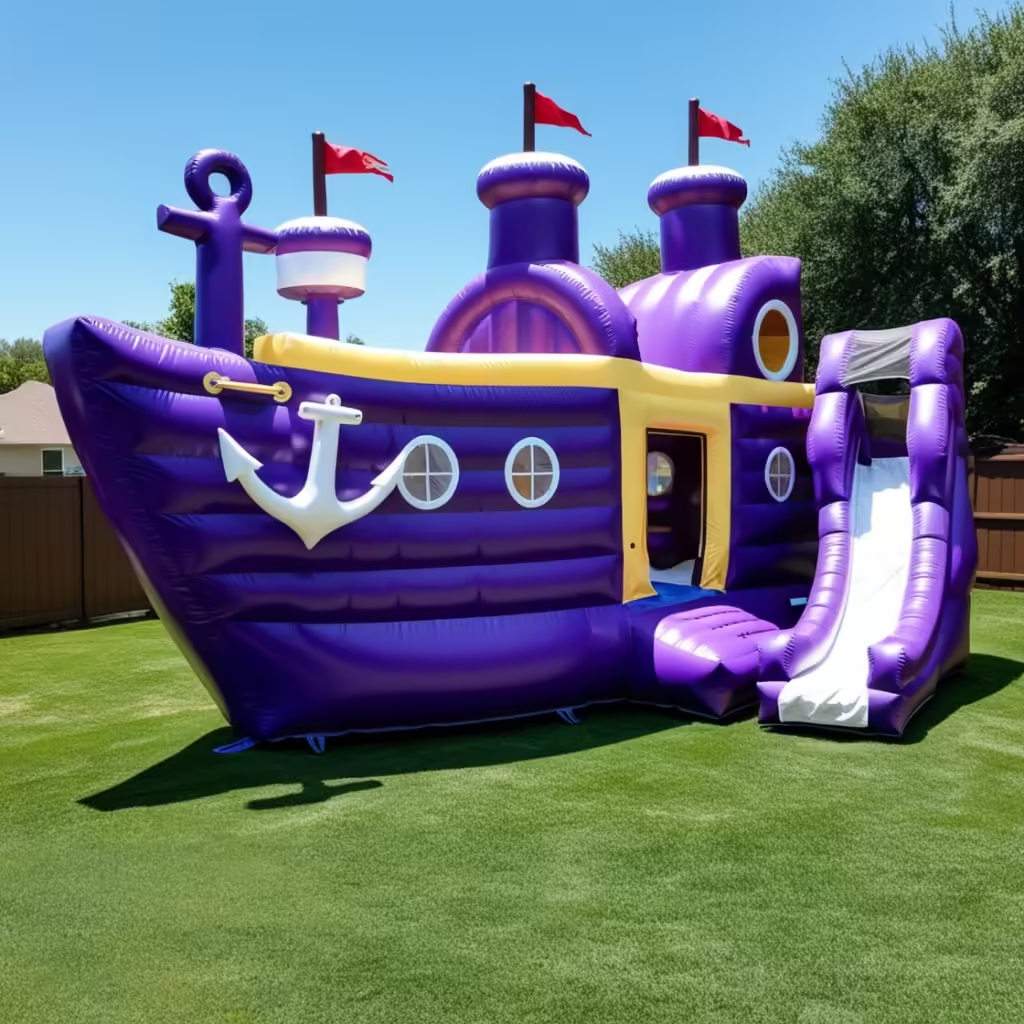
Ensuring safety on the water is paramount, and there are specific guidelines to follow when using inflatable boats:
Wear Life Jackets
Always wear properly fitted life jackets. Many accidents can be prevented with the use of personal flotation devices (PFDs), regardless of your swimming ability.
Check Weather Conditions
Before heading out, always check the weather forecast. Avoid boating in severe weather conditions, such as high winds or thunderstorms, which can increase the risk of capsizing.
Plan Your Route
Have a clear plan for your outing, including your route and estimated return time. Inform someone not with you about your plans to ensure someone knows your whereabouts.
Be Aware of Surroundings
Stay vigilant and aware of your surroundings. Watch for other boats, wildlife, and potential hazards such as submerged rocks or floating debris.
Know Your Limits
Understand the limitations of your inflatable boat and your own skills. Avoid overloading the boat and ensure you are comfortable with the water conditions you plan to navigate.
Environmental Considerations
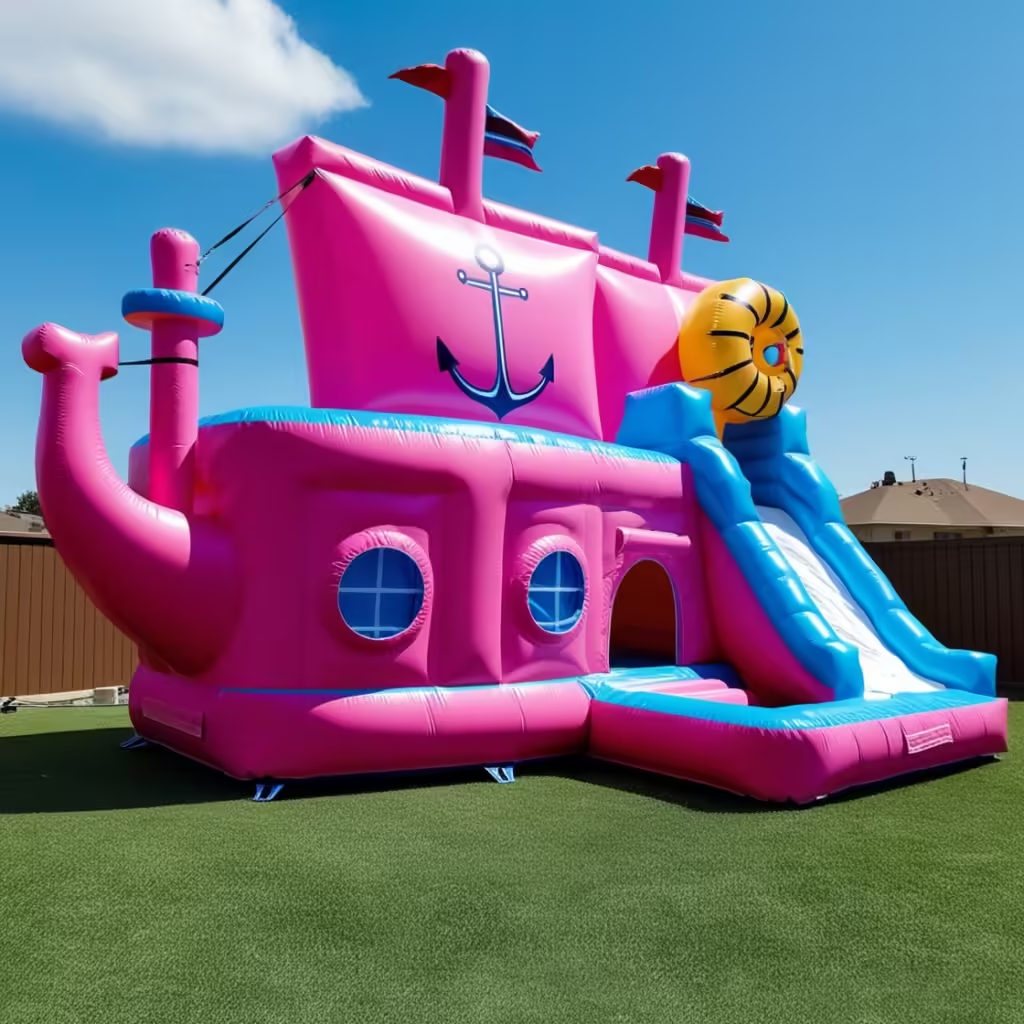
As you enjoy the waterways, it’s essential to be mindful of the environment:
Leave No Trace
Always practice Leave No Trace principles. Clean up after yourself and dispose of waste properly. Avoid disturbing wildlife and sensitive ecosystems.
Use Eco-Friendly Products
When cleaning your boat or gear, use biodegradable soaps and environmentally friendly products. This helps minimize your impact on the waterways.
Be Cautious of Invasive Species
Be vigilant about invasive species that can hitch a ride on your boat. Clean your boat and gear before and after using different bodies of water to prevent the spread of invasive species.
Innovations in Inflatable Boat Technology
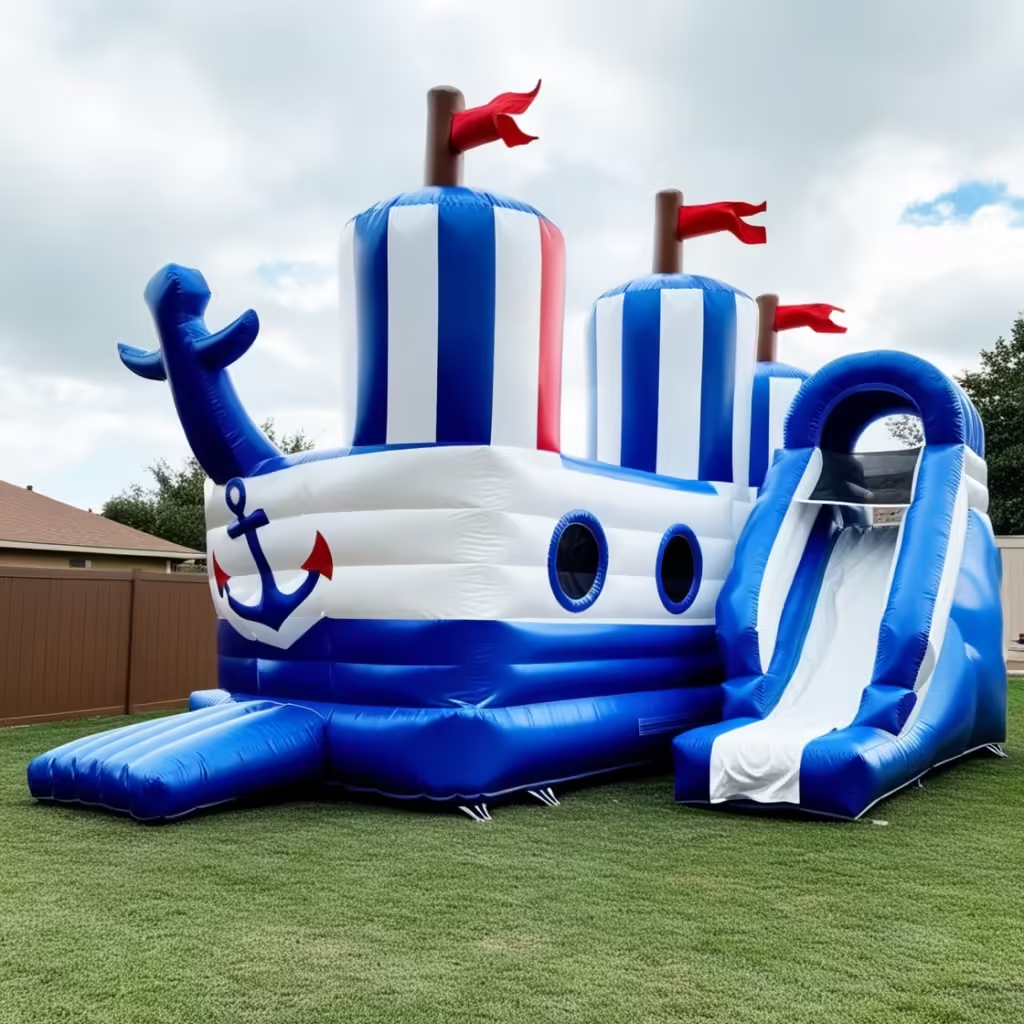
The inflatable boat industry has seen numerous advancements in technology and design, which enhance performance, safety, and user experience. Understanding these innovations can help prospective make informed decisions and enjoy their boating adventures even more.
Advanced Materials
Recent innovations have led to the development of stronger, lighter materials that improve the overall performance of inflatable boats. These include:
- Thermoplastic Polyurethane (TPU): A newer alternative to traditional materials, TPU is highly durable and resistant to punctures, abrasions, and UV damage. It is also more environmentally friendly than PVC and Hypalon.
- Composite Fabrics: Some manufacturers are experimenting with composite fabrics that combine the benefits of multiple materials, offering enhanced durability and performance without sacrificing weight.
Improved Inflation Systems
Modern inflatable boats feature advanced inflation systems that make setup and deflation quicker and more efficient. Many now include:
- Integrated Electric Pumps: Some models come with built-in electric pumps that can inflate the boat at the push of a button, significantly reducing the time needed for setup.
- Rapid-Deflation Valves: These valves allow for quick deflation and packing away, making it easier to store the boat after use.
Safety Enhancements
Safety is a primary concern for boaters, and innovations have led to numerous enhancements:
- Increased Air Chambers: Many new designs incorporate additional air chambers, providing added security in case of a puncture. This redundancy helps keep the boat afloat even if one chamber fails.
- Reflective Strips and Colors: To enhance visibility on the water, some inflatable boats now feature reflective strips or bright colors, making them easier to see from a distance.
Modular Designs
Modular inflatable boats are becoming increasingly popular, allowing users to customize their vessels based on their needs. These boats feature interchangeable components, such as:
- Removable Seats: Users can adjust seating arrangements for comfort or to create more space for gear.
- Adjustable Floorboards: Some designs include modular floor systems that can be configured to suit different activities, whether fishing, kayaking, or leisure cruising.
Smart Technology Integration
As technology advances, so does the integration of smart features in inflatable boats:
- GPS and Navigation Systems: Many inflatable boats now come equipped with GPS systems, helping users navigate waterways and track their journeys.
- Mobile Apps: Some brands offer companion apps that provide users with information on weather conditions, tide charts, and even safety tips tailored to their location.
The Future of Inflatable Boats
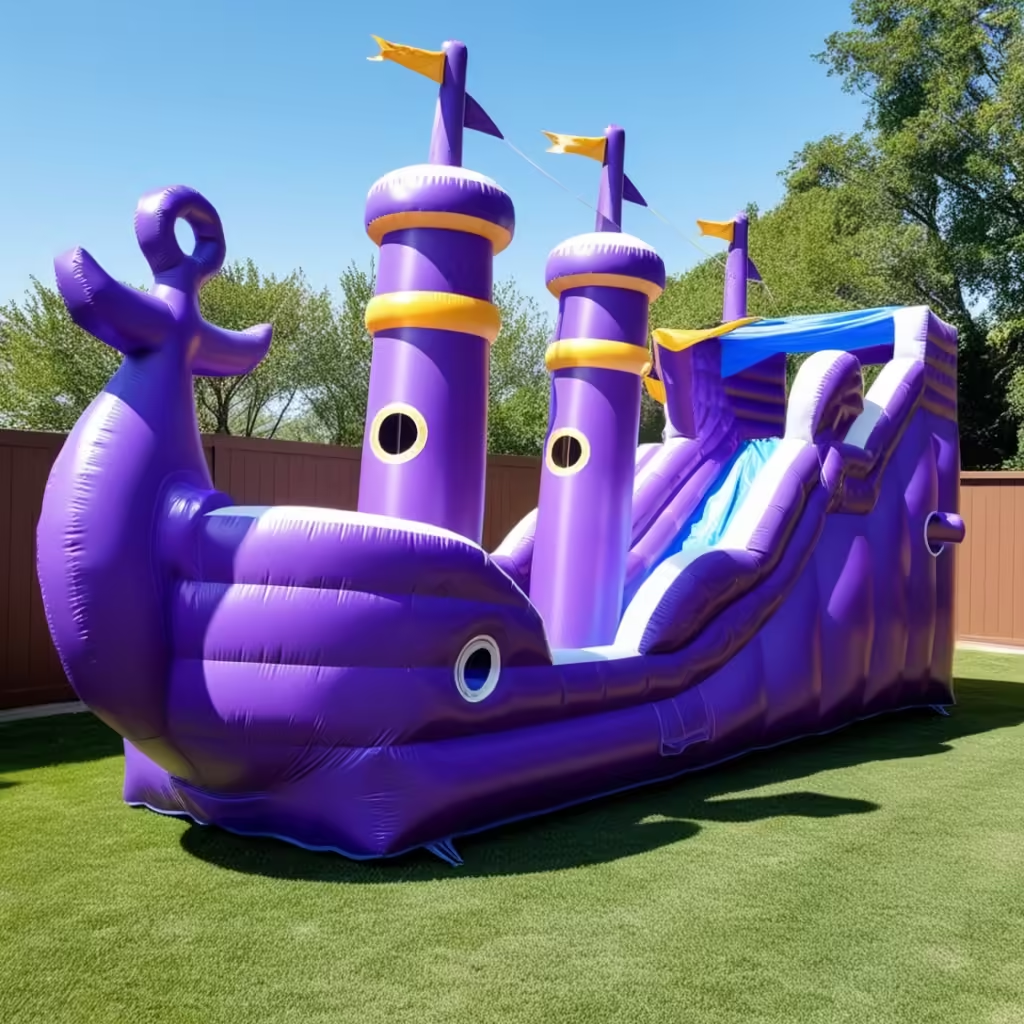
The future of inflatable boats looks promising, with ongoing innovations set to enhance user experiences further. Here are a few trends to watch:
Sustainability
As environmental awareness grows, manufacturers are focusing on creating more sustainable inflatable boats. This includes the use of eco-friendly materials and manufacturing processes. Expect to see a rise in biodegradable products and those made from recycled materials.
Enhanced Performance
With continuous research and development, inflatable boats are likely to see improvements in speed, stability, and handling. Future designs may incorporate hydrodynamic features that enhance performance in various water conditions, making them even more versatile.
Customization Options
As modular designs gain popularity, more manufacturers may offer customizable inflatable boats that allow users to tailor their vessels to their specific needs and preferences. This trend could lead to a greater variety of features and layouts.
Integration of Electric Motors
As electric motors become more prevalent in boating, the integration of these motors into inflatable designs will likely increase. This change could offer a quieter, more environmentally friendly option for powering inflatable boats.
Conclusion: Embrace the Adventure
Inflatable boats are an exciting and accessible way to experience the joys of boating, offering something for everyone—from casual paddlers to avid adventurers. As you consider the world of inflatable boats, keep in mind the wide range of options available, the safety practices to follow, and the environmental responsibilities we all share.
By understanding the latest innovations and future trends in inflatable boat technology, you can make informed decisions that enhance your enjoyment on the water. Whether you’re navigating serene lakes, tackling whitewater rapids, or fishing off the coast, inflatable boats can open up a world of aquatic adventures.
So gear up, plan your next outing, and get ready to explore the waterways with the freedom and excitement that only an inflatable boat can offer. With the right preparation and a spirit of adventure, the possibilities are endless, and every outing can lead to new discoveries and unforgettable experiences. Embrace the water, and let your inflatable boat carry you to your next great adventure

